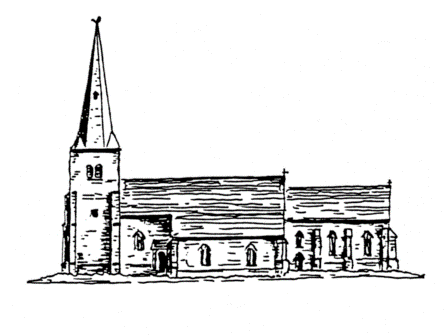|
|
|
|
|
The Demolition Gradually the church became redundant. The reason had been declining audiences attending the services. It had begun as a mother church serving four villages but as the population grew in those villages then they required and needed their own churches. Thoroton reported the following on the demolition of the church 'Flawford church to which this (the Ruddington Parish Church) was a chapel of ease formally was dedicated to St Peter and stood within a mile eastwardly of Ruddington, but now it is totally destroyed. In an old memorandum book shewn me by the Clerk of Ruddington which was kept by an old schoolmaster, is this entry "Saturday June 12th 1773, Flawford Church was demolished by colliers". The Bishop it seems had given leave to have it taken down it being in a ruinous state, and not a dwelling of the village remaining. in consequence some colliers were engaged to undermine it and throw it down, which was effected with ease, for after the first day's labor in undermining the walls it fell in the succeeding night. the following paragraph appeared in the Nottingham paper about the time of its destruction. "The venerable church of Flawford, situated in the middle of Ruddington Field, and supposed to have been built buy the Saxons in the first age of Christianity, for the joint use of several towns then surrounding it, being in very bad repair, and in danger of falling; an order has been obtained from the Archbishop's court atYork, for the taking it down; and workmen have for some time been employed in destroying the church, with its remarkable monuments of antiquity, and for several evenings together, the cottagers of the village have amused themselves, to the number of 30 or 40 at a time, with drawing wagons loaded with stone, containing three tons from the spot where the fabric stood to a brook near two miles distant, which separates the parishes of Ruddington and Gotham for the purposes of building a bridge, which will be very useful in wet seasons. Divine service and all other rites of the church, are now to be celebrated at the chapel in Ruddington."' ' In another section of Thoroton's work, he states that material from the church was appropriated to mend the roads, make pig sties and mend horse blocks and some bridges over sink holds.
The final bits of it was demolished in 1779.
|
||
|
Mid Bronze Age Building the Church phases 1-5 Building the Church phases 6-10 The Chantry Chapels of Flawford Where to find the evidence The Hermitage Museum Glossary Contact us Site Map Links
|
||
